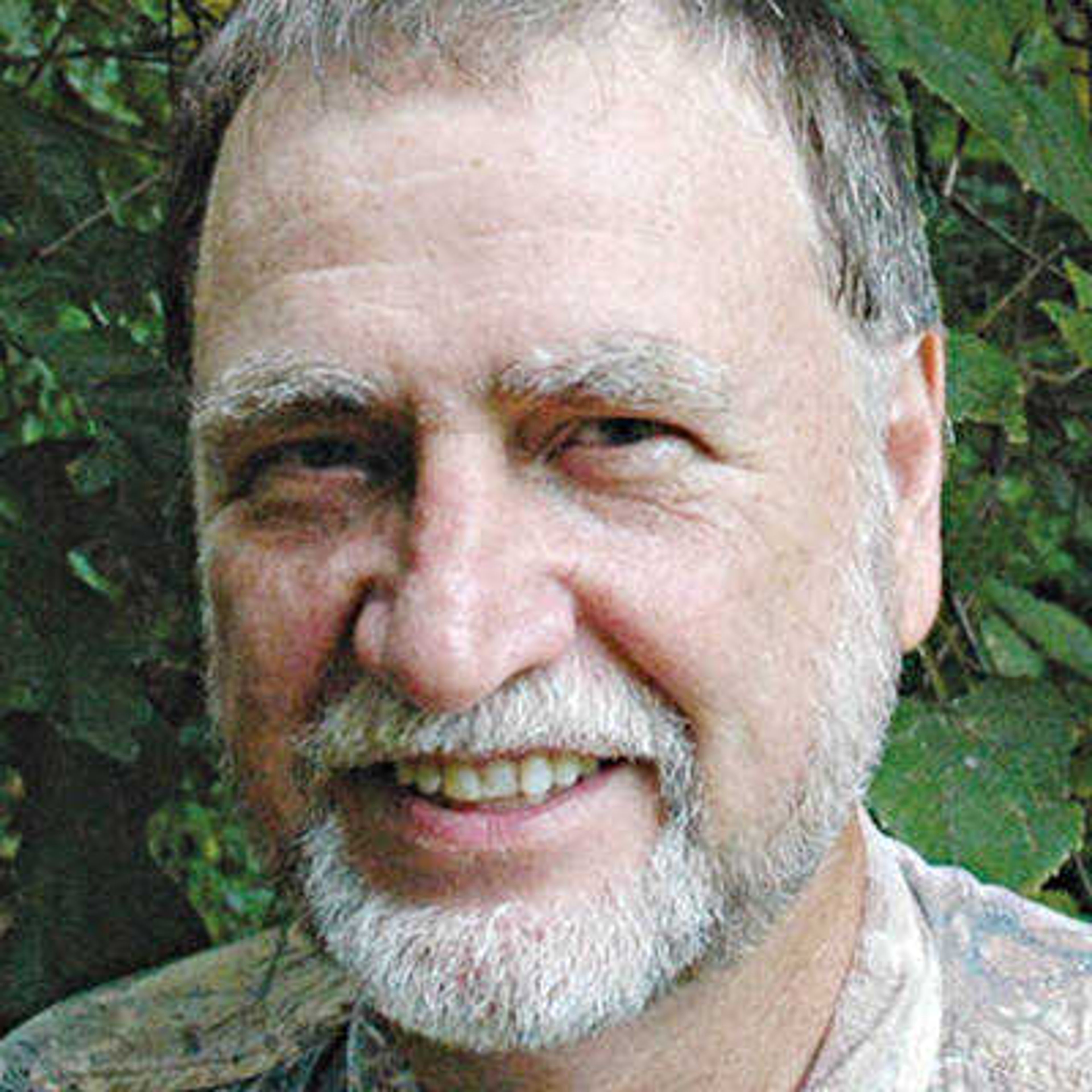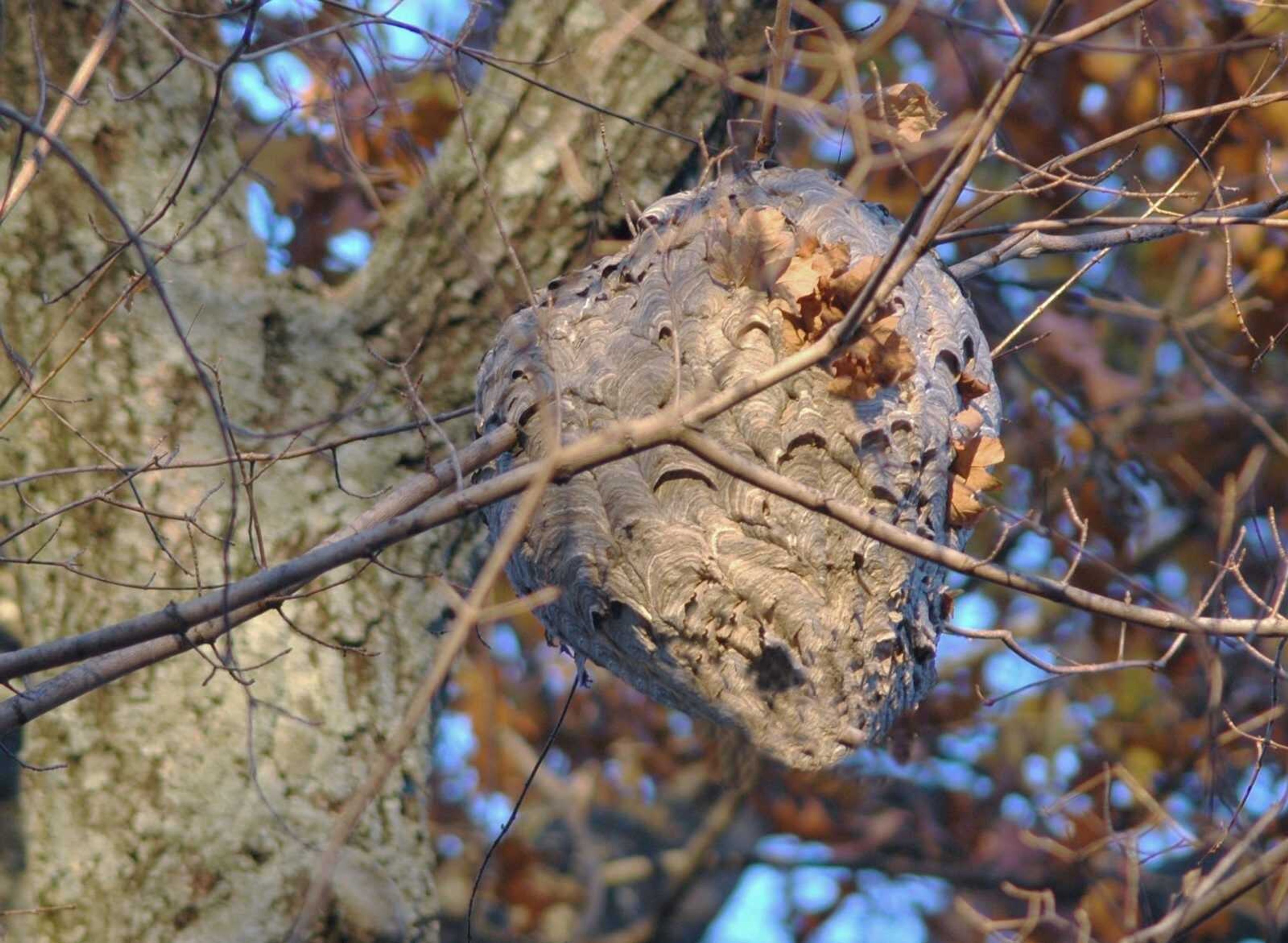Hornet's nest fit for a queen
A bald-faced hornet's nest like the one I've photographed here is built during springtime. A solitary fertilized female called a queen survives the winter by burrowing into a rotten log or into the ground safe beneath the fallen leaves of autumn. In spring she awakens and all by herself finds a location and begins to build a paper nest...
A bald-faced hornet's nest like the one I've photographed here is built during springtime.
A solitary fertilized female called a queen survives the winter by burrowing into a rotten log or into the ground safe beneath the fallen leaves of autumn. In spring she awakens and all by herself finds a location and begins to build a paper nest.
When the nest is still quite small she lays her first eggs, putting them in small enclosures inside her nest.
She continues to build the nest alone until her eggs begin to hatch and the new hornets help her. They take over the jobs of building the nest larger and defending it.
The queen's job then becomes more distinctly focused as her only occupation is laying more eggs as the colony grows.
The bald-faced hornet is native to North America. Its nest is usually found in autumn hanging from a tree limb where it was hidden in the leaves of summer. The nest often will look like a gray oversized ruptured football with a hole near the bottom. As freezing temperatures arrive during the fall, hornets become inactive and die -- except for the queen. The nest is then left unguarded, and often birds pick it apart looking for something to eat. Otherwise, wind and rain will destroy the nest.
Bald-faced hornets feed upon tree sap, nectar from flowers and many kinds of insects. Did you know that the bald-faced hornet is really not a hornet at all, but instead is a wasp more closely related to the yellow jacket?
@body_no_indent italics:Through the Woods is a weekly nature photo column by Aaron Horrell. Find this column at semissourian.com to order a reprint of the photo. Find more work by him at the O'Tenem Gallery.
Connect with the Southeast Missourian Newsroom:
For corrections to this story or other insights for the editor, click here. To submit a letter to the editor, click here. To learn about the Southeast Missourian’s AI Policy, click here.











